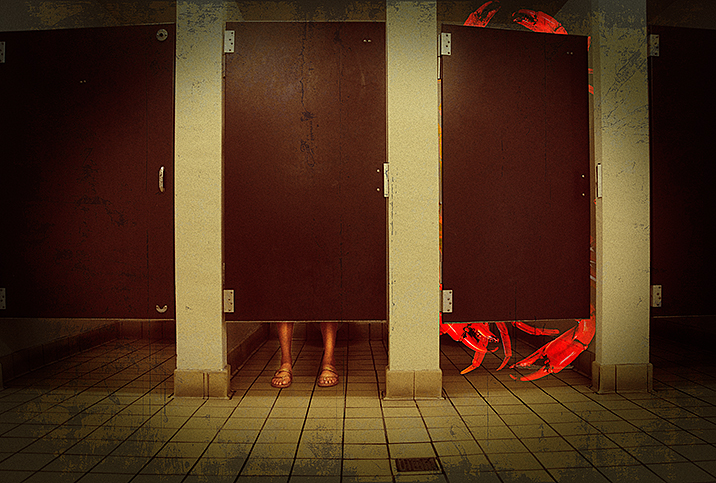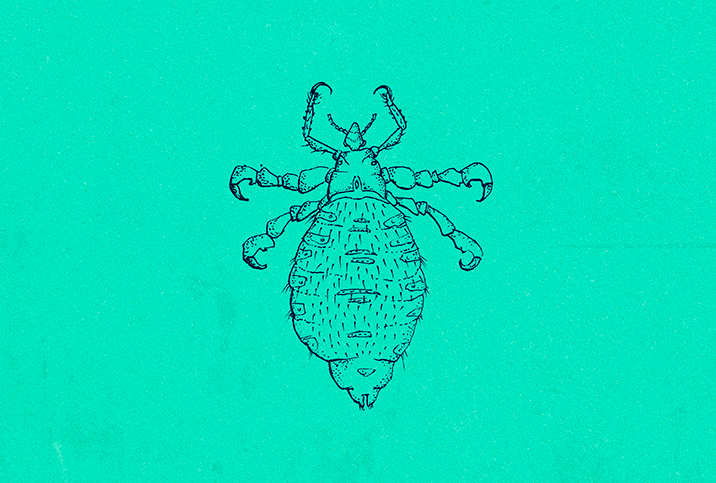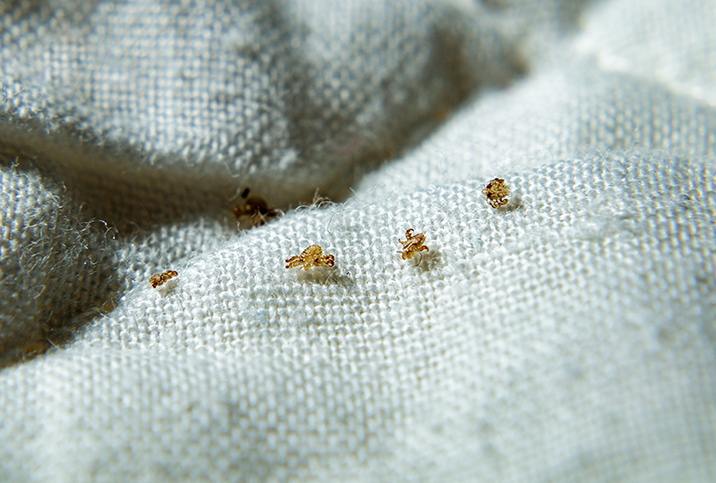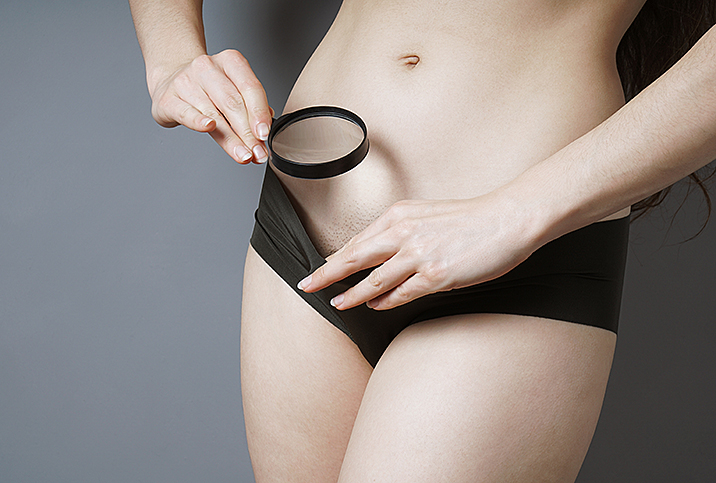Can You Catch Crabs From a Toilet Seat?

Public restrooms are nests for bacteria and nasty germs, but when you have to go, choosiness is a luxury you may not be able to afford. We've all been in a situation where we needed a bathroom only to discover a complete mess: Multiple toilets not flushed with waste left behind, mysterious bits of debris on a toilet seat, and what is that smell? Although it's pretty close to impossible to pick up an STD from sitting on a toilet seat, pubic lice, aka crabs, are one exception if you hop on a toilet seat soon after someone who is infested has left the same stall.
What are pubic lice, or 'crabs'?
Crabs are parasitic insects that live primarily in the pubic hair of humans, but they can also be found in other areas of the body where there is coarse hair. According to the Centers for Disease Control (CDC), pubic lice form in three stages:
- Nit. Nits are lice eggs. They can be found firmly attached to the hair shaft.
- Nymph. The nymph is an immature louse that hatches from the nit. A nymph looks like an adult pubic louse but is smaller. Pubic lice nymphs take about two to three weeks after hatching to mature into adults capable of reproducing. A nymph must feed on blood.
- Adult. The adult pubic louse resembles a miniature crab when viewed through a strong magnifying glass. Pubic lice have six legs—their two front legs are huge and look like the pincher claws of a crab. (This is how they got the nickname "crabs.") Pubic lice are tan to grayish-white in color. Females lay nits and are usually larger than males. Adults, like nymphs, must feed on blood. If the louse falls off a person, it dies within one to two days.
If you become infested with pubic lice, you will know it. Symptoms include severe itchiness from bites to the skin, and the crabs themselves are pretty easy to spot.
Check toilet seats for the possibility of crabs
About 3 million people become infested with crabs in the U.S. every year, so take a moment to examine the toilet seat before you sit. If the crabs are in the adult stage, there is a possibility of them falling off someone's body. If left behind, they would have a tough time staying on a smooth toilet seat for long due to their body structure. (Believe it or not, the toilet seat is the least of your problems when avoiding germs, but if you're concerned, carry bleach wipes.)
Use common sense when entering a public restroom. Touch as few surfaces as possible and wash your hands thoroughly before leaving. If you're still unsure about what to look out for, Google images of pubic lice.
Here's the truth about pubic lice and toilet seats
Your chances of catching an STD from using a public restroom are very low. The majority of pubic lice infestations occur from close contact, usually involving intercourse, and crabs do not live very long away from the human body.
Remember, the floors of public restrooms and anything commonly touched by your and others' hands are the most unsafe public bathroom surfaces. You probably don't need to hover over the seat to be safe, but if you do, be sure to clean up for the next person.


















